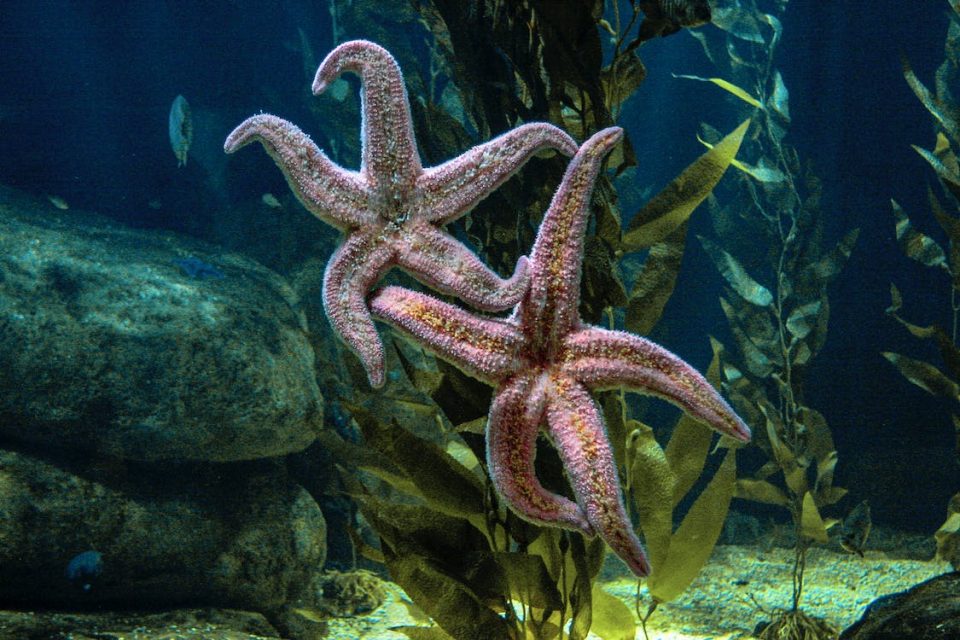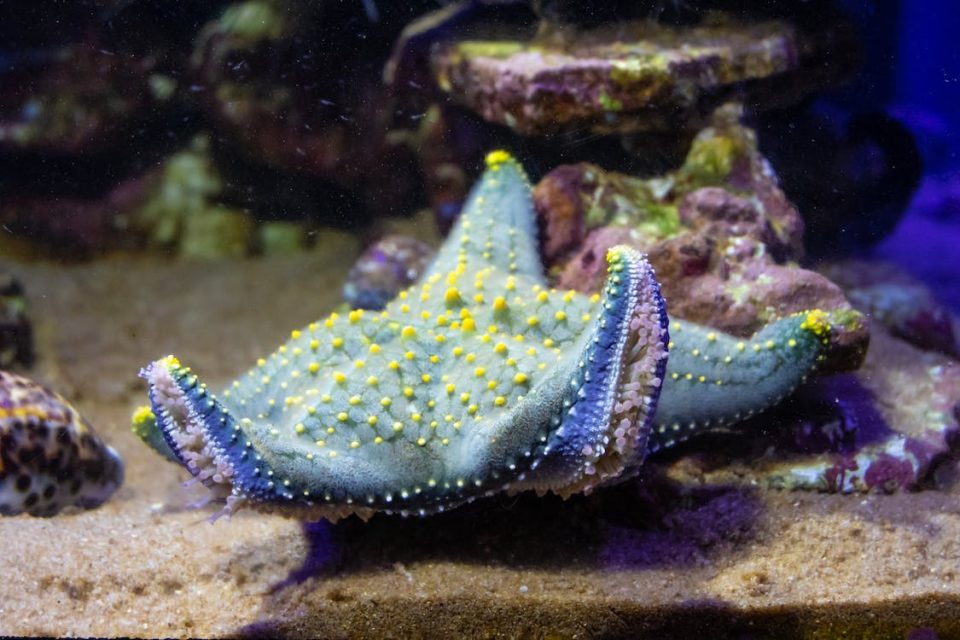
Undercurrents, also known as subsurface currents, are flows of water that move beneath the surface of the ocean. These currents are an important component of the ocean’s circulation system, and they play a crucial role in transporting heat, nutrients, and other important substances around the world’s oceans. Undercurrents can have significant impacts on weather patterns, marine ecosystems, and human activities such as shipping and fishing. In this essay, we will explore the causes of undercurrents in the seas.
Temperature Differences
One of the primary causes of undercurrents is temperature differences in the ocean. As water heats up or cools down, it becomes denser or less dense, respectively. When warm water flows over colder, denser water, it creates a boundary between the two layers. This boundary is known as a thermocline, and it can create a pressure gradient that drives subsurface currents.
For example, in the North Atlantic, warm water from the Gulf Stream flows northward towards the Arctic. As the warm water reaches colder, denser water in the Labrador Sea, it creates a thermocline that separates the two layers. This thermocline acts as a barrier that prevents the warm water from mixing with the colder water below. As a result, the warm water flows beneath the colder water, creating a strong undercurrent known as the North Atlantic Deep Water.
Wind Stress
Another important cause of undercurrents is wind stress. When wind blows across the surface of the ocean, it creates frictional forces that drag the surface water along with it. As a result, the surface water moves in the direction of the wind, creating surface currents. However, the surface currents can also create a downward flow of water, which forms an undercurrent.
For example, in the equatorial regions of the Pacific and Atlantic Oceans, the trade winds blow from east to west. These winds push the surface water westward, creating a large pool of warm water in the western Pacific and a cool pool of water in the eastern Pacific. As the warm water moves westward, it creates a downward flow of water that forms the Equatorial Undercurrent.
Coriolis Effect
The Coriolis effect is another important factor that can influence undercurrents in the seas. This effect is caused by the rotation of the Earth, which causes objects moving across its surface to appear to deviate from a straight line. In the oceans, the Coriolis effect causes moving water to be deflected to the right in the Northern Hemisphere and to the left in the Southern Hemisphere.
As a result, ocean currents that flow along the surface of the ocean can create a spiral pattern that extends down into the deeper waters. This spiral pattern can create a downward flow of water, which forms an undercurrent.
Tides
Tides are another important factor that can influence undercurrents in the seas. Tides are caused by the gravitational pull of the Moon and the Sun on the Earth’s oceans, which creates a bulge of water that moves around the planet. As the tide rises and falls, it creates a horizontal movement of water that can also influence the flow of subsurface currents.
For example, in areas where tides are strong, such as in the Bay of Fundy in Canada or the Severn Estuary in the UK, the movement of water caused by the tides can create a powerful undercurrent.
Density Differences
Differences in water density can also influence undercurrents in the seas. Dense water sinks while less dense water rises. This is because dense water is heavier than less dense water, and so it is pulled downwards by gravity.
For example, in the North Atlantic, the sinking of dense water in the Labrador Sea creates a strong undercurrent known as the Labrador Sea Water, which flows southward along the ocean floor. This current is important for transporting nutrients and carbon dioxide to deep ocean waters.
Salinity Differences
Salinity differences can also play a role in creating undercurrents. Water with higher salinity is denser than water with lower salinity, so when water with higher salinity comes into contact with water with lower salinity, it sinks beneath the less dense water.
For example, in the Atlantic Ocean, the Mediterranean Sea is separated from the rest of the ocean by the Strait of Gibraltar. The Mediterranean Sea has a higher salinity than the Atlantic Ocean, and as a result, the water in the Mediterranean sinks and flows beneath the Atlantic water, creating the Mediterranean Undercurrent.
Topography
The shape and depth of the ocean floor can also influence undercurrents. Submarine canyons, ridges, and seamounts can all affect the flow of subsurface currents. These features can act as barriers or conduits for water flow, causing undercurrents to form or preventing them from forming.
For example, the Antarctic Circumpolar Current is a powerful undercurrent that flows around the continent of Antarctica. This current is driven by the combined effects of temperature, wind stress, and the Coriolis effect, but it is also influenced by the topography of the ocean floor. The current is forced to flow through narrow passages between underwater ridges and mountains, which helps to concentrate the flow and create a strong undercurrent.
Conclusion
In conclusion, undercurrents in the seas are caused by a complex interplay of factors, including temperature differences, wind stress, the Coriolis effect, tides, density differences, salinity differences, and topography. These currents play a critical role in the ocean’s circulation system, transporting heat, nutrients, and other important substances around the world’s oceans. Understanding the causes and effects of undercurrents is important for scientists, policymakers, and the general public, as it can help us better understand the impacts of climate change, marine ecosystems, and human activities such as shipping and fishing.







